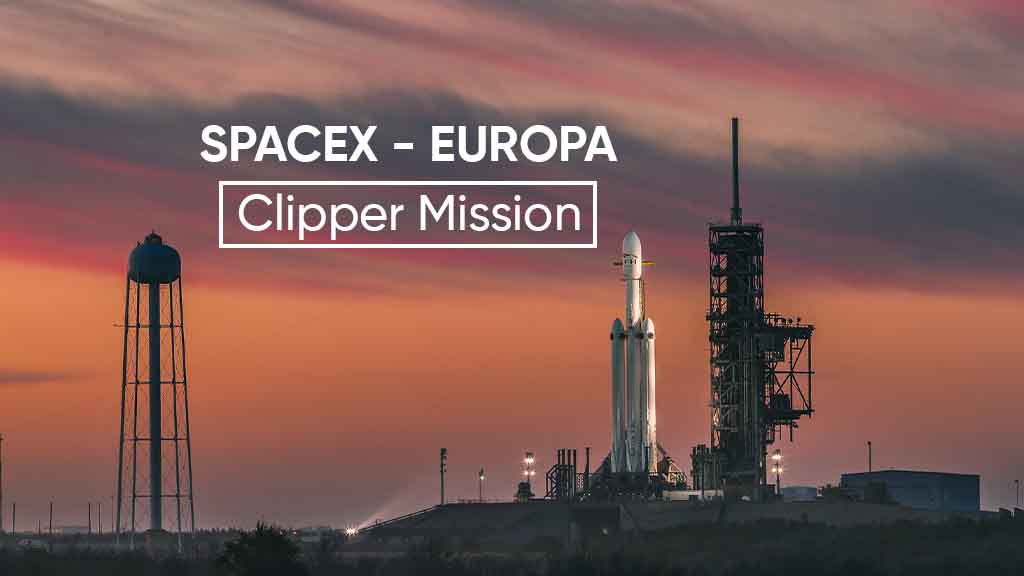SpaceX
NASA and SpaceX targeting October for Europa Clipper mission with Falcon Heavy rocket

SpaceX and NASA have announced that the Europa Clipper mission is targeting an early launch window of October 10. The Clipper satellite will launch using a Falcon Heavy rocket from Launch Complex 39A at NASA’s Kennedy Space Center in Florida.
Its primary aim is to understand the Europa’s surface, what’s underneath it, and whether it could sustain life. The mission has three main objectives including an analysis of the ice shell, searching for the ocean, and Europa’s composition and geology.
Spacecraft
Clipper is about 16 feet tall and with its solar arrays deployed, the spacecraft expands to more than 100 feet (30.5 meters). It weighs 7,145 pounds (3,241kg) without propellant.
It has cameras and spectrometers to capture high-resolution images and composition maps of Europa’s surface, atmosphere, and radar to search the water.
Its magnetometer and gravity measurement unit will know about the ocean and its deep interior. Furthermore, the spacecraft will have a thermal instrument to point to locations of warmer ice and eruptions of water.
After its launch, the spacecraft will maneuver through planets to achieve gravitational force and reach its destination in 2030. It will perform dozens of close flybys of Europa and conduct experiments.
In Jupiter’s orbit, it will make nearly 50 flybys of Europa at closest altitudes as low as 16 miles (25 kilometers above the surface. This will help the on-board instrument to scan and map the entire moon.
Its payload and other electronics will be enclosed in a thick-walled vault to protect it from Jupiter’s massive magnetic field.
This new shield was developed with data received from NASA’s Juno spacecraft, launched in August 2011, and is currently in service around Jupiter till September 2025 or beyond.
The vault walls are made of titanium and aluminum to act as a radiation shield against high-energy atomic particles and slow down the degradation of electronic equipment.
(source)












